The most popular Magic: The Gathering format is Commander, which involves selecting one creature to act as the leader of the deck and keeping it on the field in its own special zone. The popularity of Commander is surprising, as fans created it, and it’s still a mostly fan-run endeavor, even though Wizards of the Coast releases specific Commander-themed structure decks and sets. This means new players might be tempted to jump in through Commander, but they must be aware that it uses different rules from the other formats in the game.
Related: MTG March of the Machine The War Of The Multiverse – Hands-on impressions
MTG’s Commander Card Viability & Color Identity
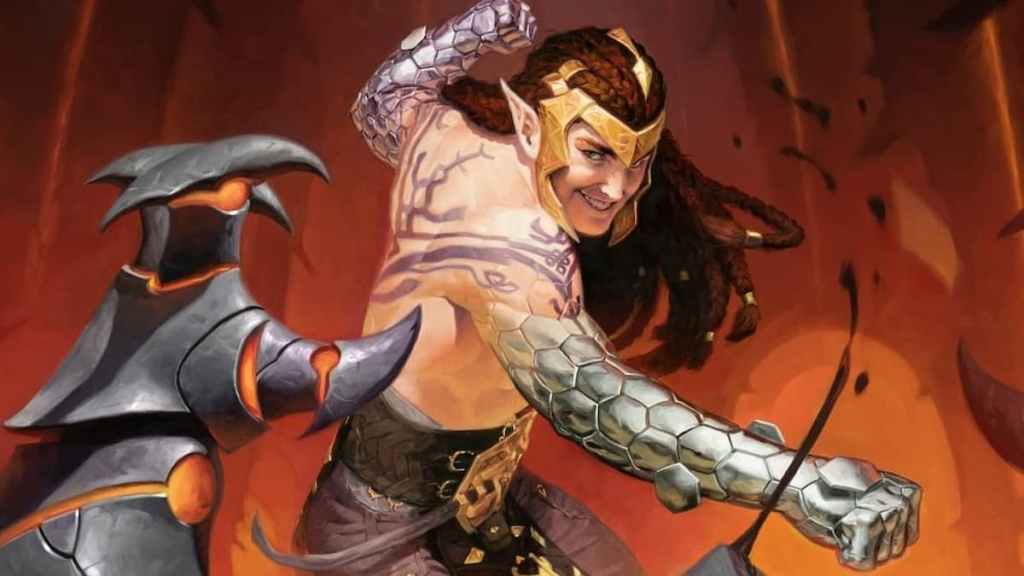
The titular Commander in this format is the card that needs to be selected to act as the Commander during a game. For a card to qualify as a Commander, it needs to be a Legendary Creature or have a text description that states it can act as the Commander, such as the Minsc & Boo Planeswalker card. Two creatures can act as the Commander if they have the Partner keyword, while a Background card can also be played alongside a compatible Commander, as it was introduced in one of the D&D sets and mimics part of that game.
When the Commander is chosen at the start of the game, they are removed from the deck and placed in a special Command Zone on the field. You can then play the Commander any time, provided you can pay its cost. When the Commander should be exiled or sent to the Graveyard, you can send it to the Command Zone instead. Each time the Commander is sent back to the Command Zone, the price for summoning them is increased by two mana, which increases each time they are sent back. So, if the Commander is sent back twice, then the cost to play them again is their base cost, plus four mana of any color.
The choice of Commander also influences a significant aspect of deck creation, as the deck must match the Commander’s color identity. This means that the deck can only use cards that match the colors of the mana listed on the Commander, including its cost, and within its text box. The exception to this is colorless cards, which are not bound by this restriction. For example, the Phyrexia: All Will Be One Commander Decks include a card called Ixhel, Scion of Atraxa, which has one white, one black, and one green mana listed in its cost, which means that any deck where it acts as a Commander can only use white, black, green, and colorless cards.
Commander Deck Restrictions & Rules
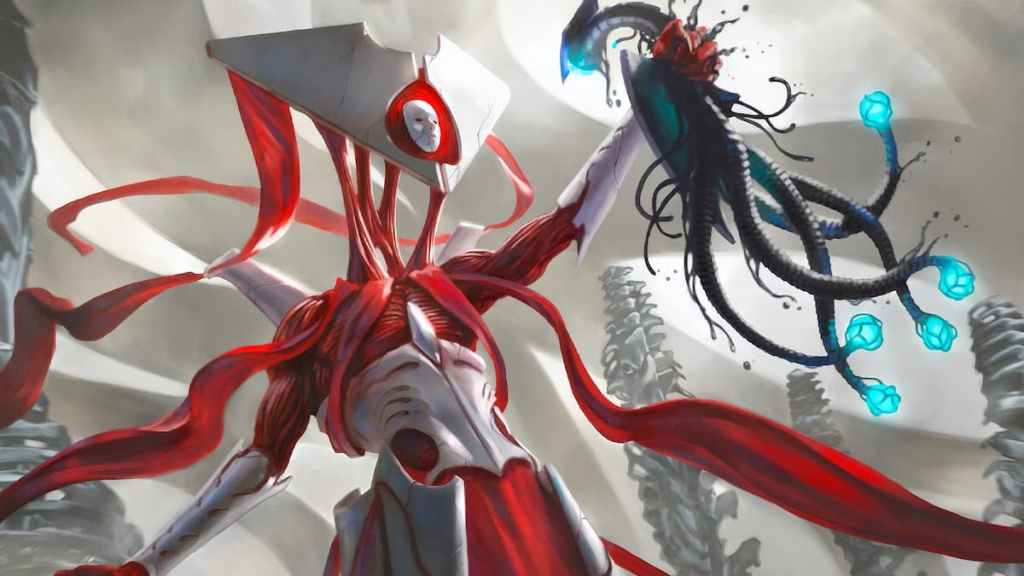
The Commander format also follows several rules that differentiate it from the other Magic: The Gathering formats. First, the deck must have exactly 100 cards, including the Commander. Second, there can only be one copy of each kind of card in the deck, excluding Basic Lands and cards that specifically state that they can have multiple copies in their text. This forces players to be more creative with their deck construction, as they cannot lean too heavily on specific cards due to the number restriction and the fact that the deck is much bigger than the ones used in other formats, so it’s a lot less likely to draw something you really need.
The life point count in Commander games is 40, rather than 20. This doesn’t affect Poison Counters, as inflicting 10 of them can still win the game. Also, if the Commander is responsible for inflicting 21 points of damage, then they win the game, regardless of the remaining total. This means the Commander poses a bigger threat than the other cards in their deck.
As Commander is a mostly fan-run format, it also ignores many card restriction rules and ban lists that appear in other formats. This means players have much more leeway to use older cards rather than being forced to switch things up over time by the format rotation.
Related: MTG: Battles & Breeding – March of the Machine New Mechanics, Explained
Why Is The Commander Format So Popular?
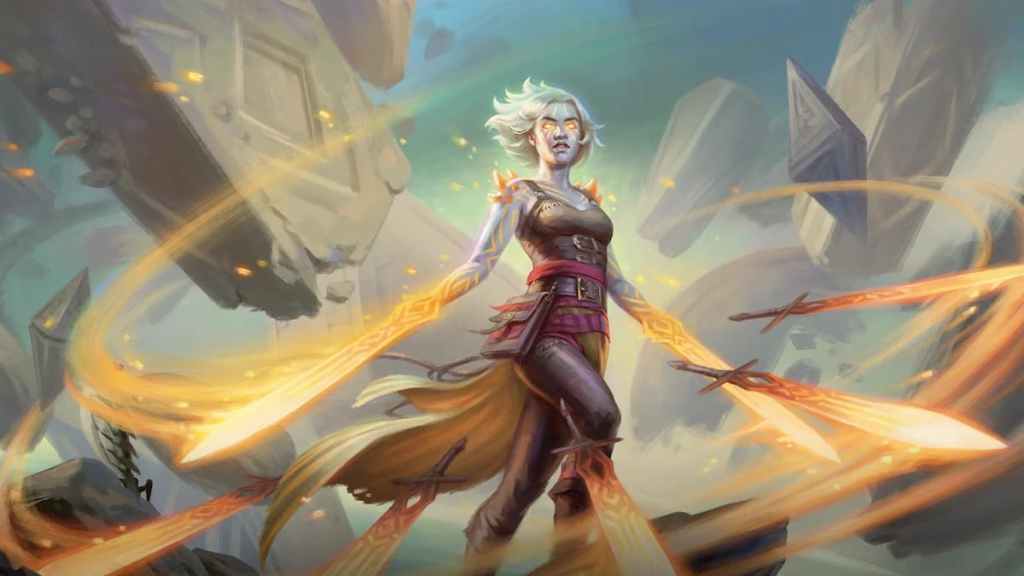
Commander is popular as a more casual multiplayer format rather than the more competitive standard formats. The fact that it forces players to experiment with lots of different cards, has a big life pool/deck size, and always provides you with a creature that can be played makes for a more satisfying experience among friends. It’s much harder to pull off annoying instant-win combos or get stuck in a no-win scenario early on in Commander, and players have more chances to turn things around over time. The format’s light-hearted, experimental nature makes it more fun for people than the official ones.

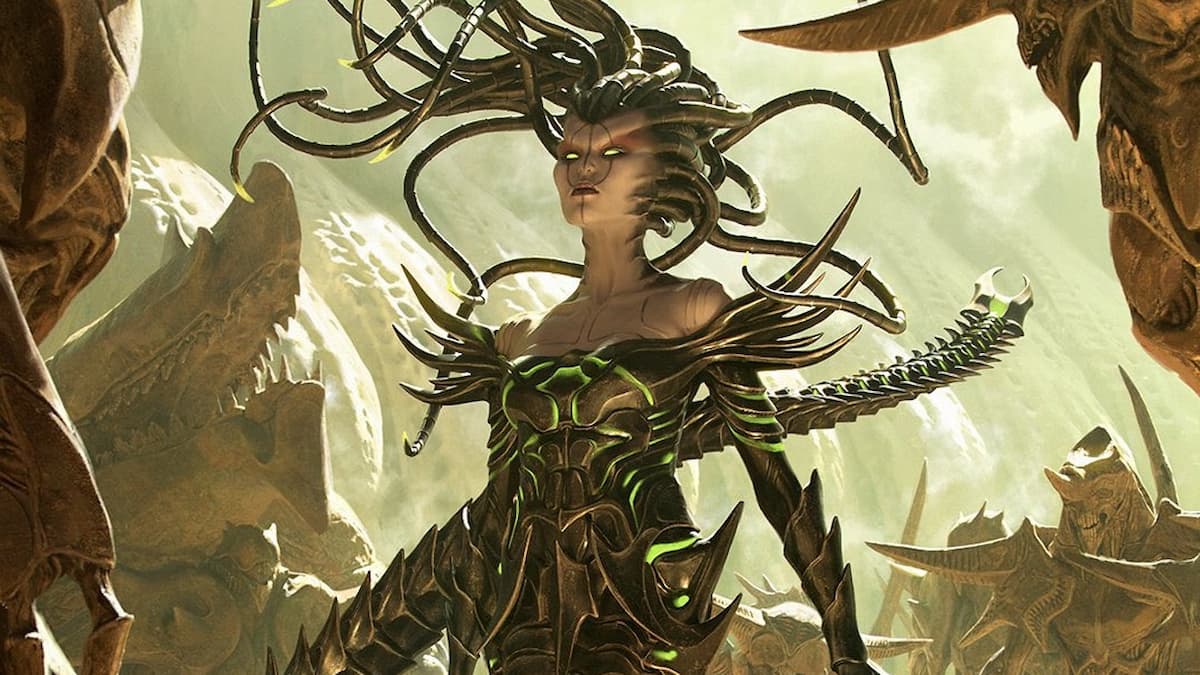
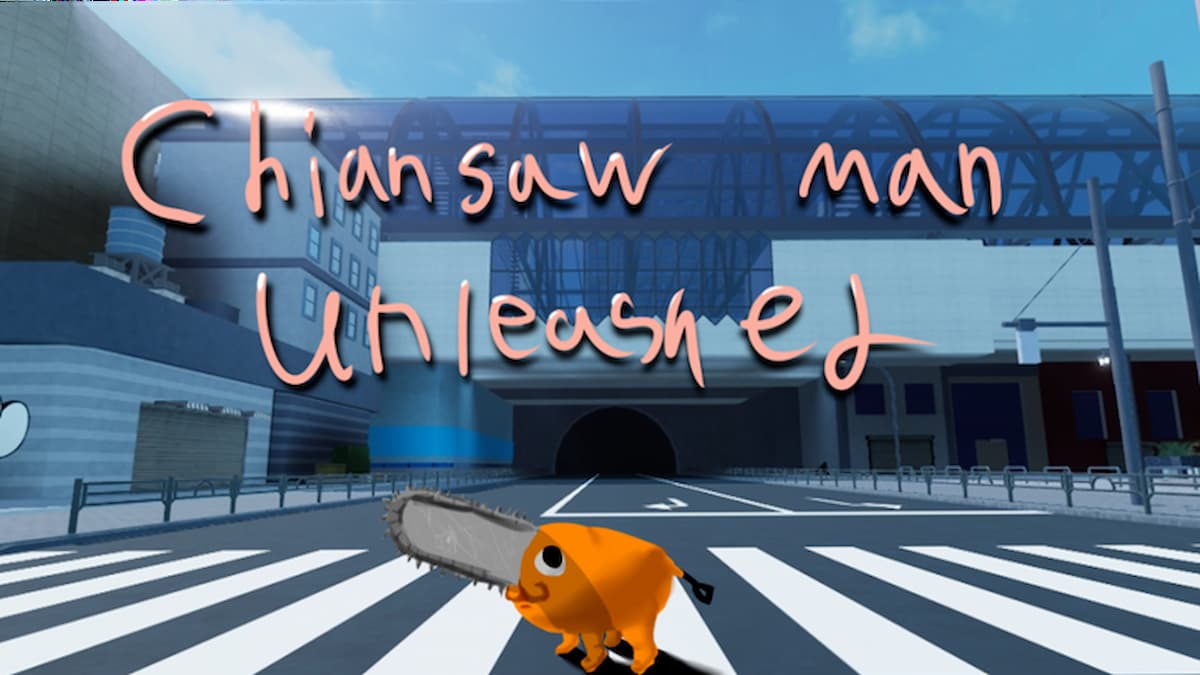

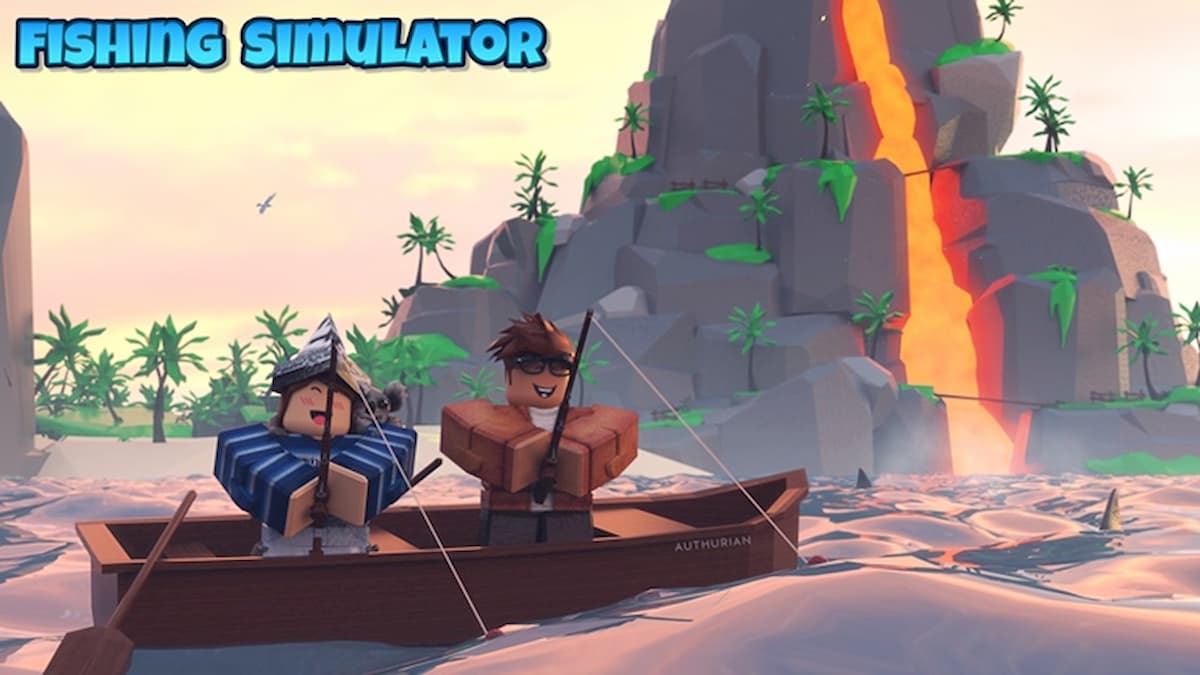
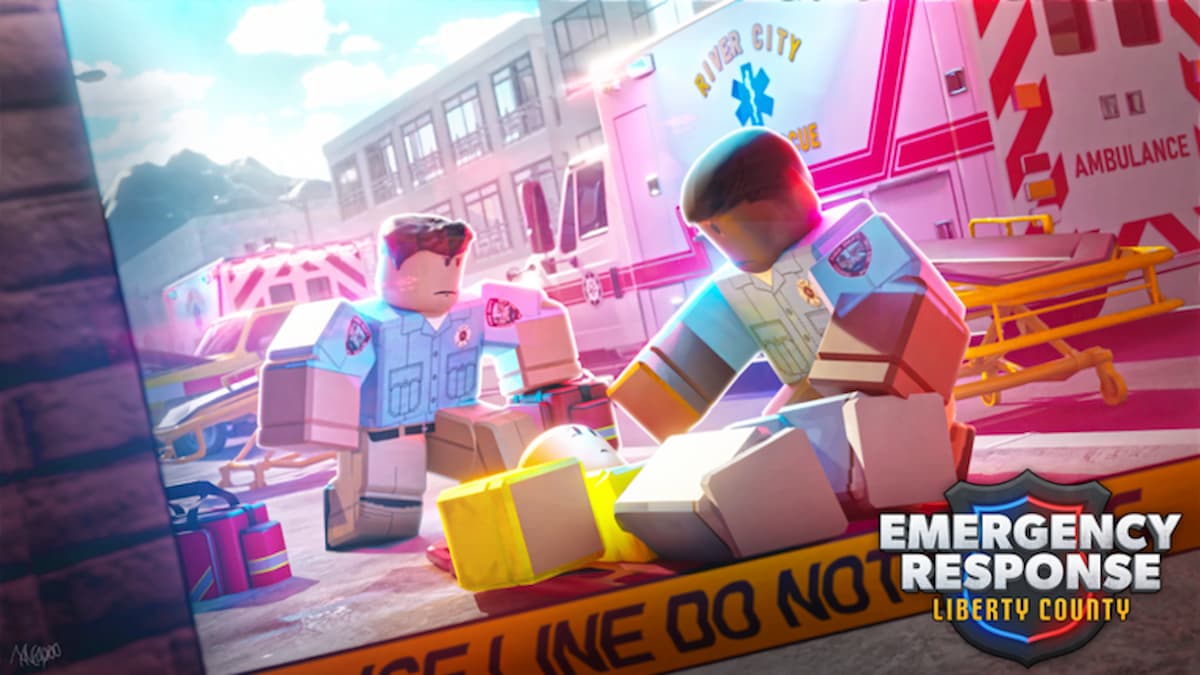

Published: Apr 21, 2023 01:21 pm